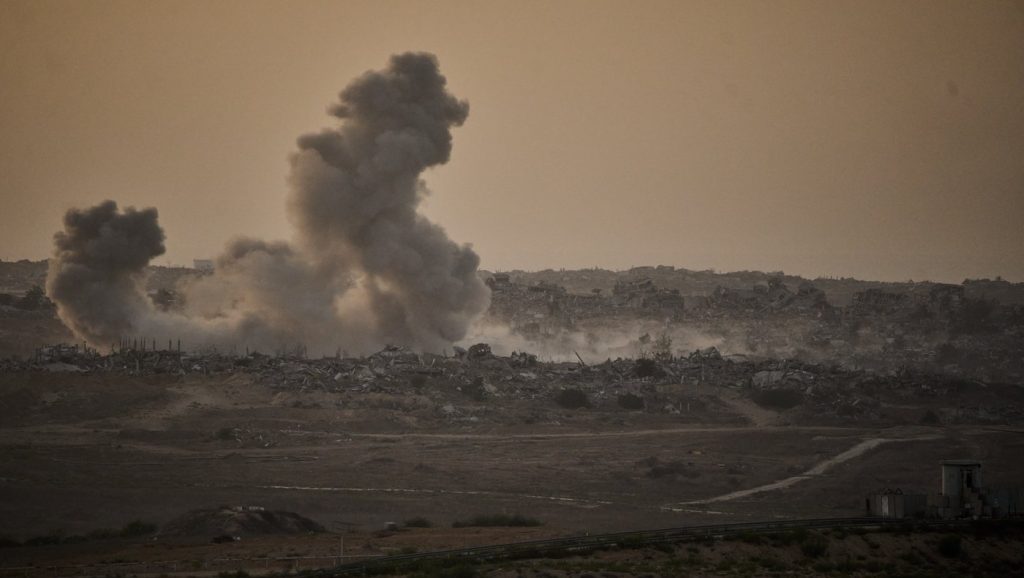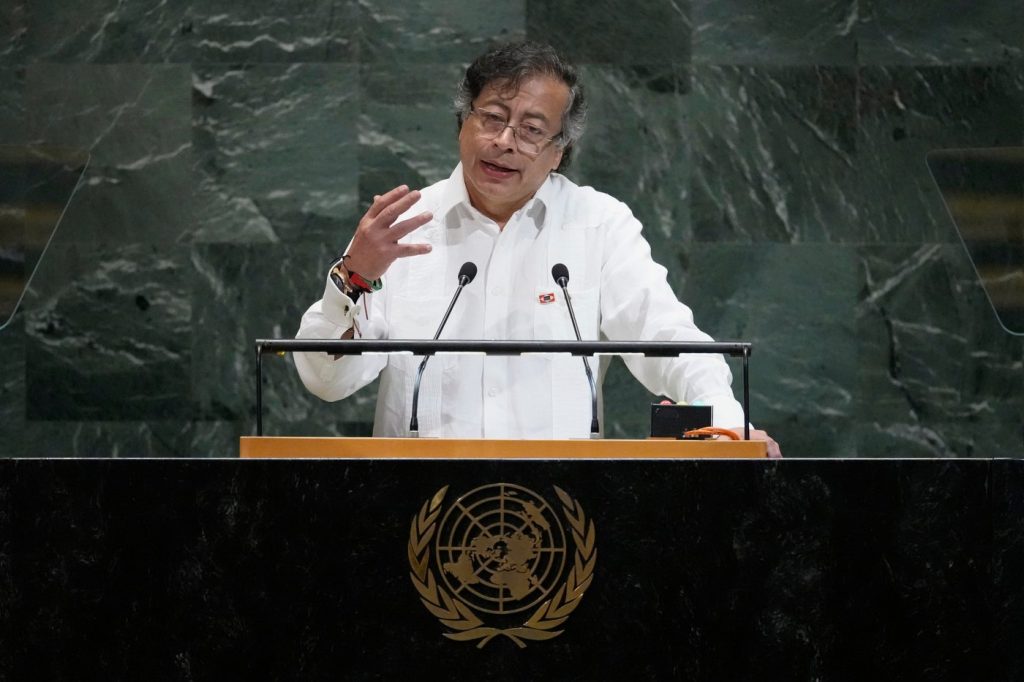On October 3, 2025, U.S. President Donald Trump pressured Israel to cease bombing the Gaza Strip after Hamas indicated it might accept specific elements of Trump's peace plan, aimed at concluding a nearly two-year-long conflict and securing the release of the remaining hostages from the October 7, 2023, assault. Hamas expressed willingness to release the hostages and transfer power to other Palestinian factions, although negotiations on other aspects of the plan are still necessary due to significant disagreements among Palestinian groups.
Israeli Prime Minister Benjamin Netanyahu announced Israel's readiness to implement the initial steps of Trump's plan, which seemingly includes hostage release while committing to end the war based on previously established principles. Trump welcomed Hamas's response, stating a belief in their readiness for lasting peace, urging Israel to stop bombing Gaza to facilitate the safe return of the hostages. Trump emphasized the urgency on social media, highlighting ongoing discussions to solidify the proposed deal.
Hamas's announcement addressed future rights and governance of Gaza, stating that decisions should reflect a unanimous Palestinian stance in accordance with international law. However, it neglected to mention the crucial Israeli demand for Hamas's disarmament, which forms a significant component of Trump's proposal. The new ceasefire initiative has been positively received, with key mediators Egypt and Qatar aiding in discussions, while U.N. Secretary-General António Guterres urged all parties to seize the opportunity for peace.
As the second anniversary of the attack approaches, families of Israeli hostages expressed the necessity of halting military actions to prevent irreparable harm to those still in captivity, calling for swift negotiations for their return. Trump's plan stipulates that Hamas must agree to the proposal by the upcoming Sunday evening, threatening intensified military action if no agreement is reached. The plan aligns with Trump's vision of peace in the Middle East and involves Hamas releasing its remaining 48 hostages—most believed to be alive—within a three-day window and relinquishing power while disarming.
In exchange, the plan proposes that Israel halt its offensive, withdraw from substantial territories, release hundreds of Palestinian prisoners, and allow for humanitarian aid and reconstruction efforts. Furthermore, it entails the introduction of international governance in Gaza, with Trump and former British Prime Minister Tony Blair overseeing the arrangement, yet provides no roadmap for future Palestinian statehood or reunification with the Israeli-occupied West Bank.
While many Palestinians yearn for an end to the hostilities, sentiments towards this and previous American proposals largely indicate they tend to favor Israeli interests. Senior Hamas officials have observed the need for negotiations, stating the implementation of the proposal is contingent upon discussions. Additionally, Hamas articulated its acceptance of a process to return hostages but underscored the challenges in adhering to the 72-hour timeline due to logistical issues in locating all captives.
Internal Hamas discussions revealed a reluctance to accept foreign governance over Gaza and a rejection of foreign military presence. The Israeli government has increased pressure on Hamas since the conclusion of a previous ceasefire in March, resulting in a blockade that restricted essential supplies. Gaza City, experiencing severe humanitarian conditions, had reportedly fallen into famine, with significant portions of the population displaced and seeking refuge within the territory amid ongoing military actions.
The conflict intensified dramatically following the initial Hamas attack, which resulted in approximately 1,200 Israeli casualties and the abduction of 251 individuals. Israel's retaliations have caused extensive casualties in Gaza, reported at over 66,000 by the Hamas-run Health Ministry, with a significant number of women and children among the deceased. This operation has led to the displacement of around 90% of Gaza's population, exacerbating the region's humanitarian crisis.
Both the Biden and Trump administrations have attempted to navigate the complexities of the conflict, focusing on mitigating hostilities and secure hostages while offering robust military and diplomatic support for Israel. As discussions continue, the future remains uncertain, with entrenched positions and unresolved key issues standing in the way of achieving a lasting peace.












